As the demand for high-yield crops grows across the globe, the need for efficient and nutrient-rich fertilizers has never been more urgent. One of the most innovative solutions to meet this demand is the nitro compound fertilizer production line—an integrated system that produces high-quality compound fertilizers rich in nitrogen and other macro-nutrients.
At the heart of this process is a focus on uniform nutrient distribution, improved granule strength, and enhanced productivity. This article dives deep into how a nitro compound fertilizer production line works, what it includes, and why it’s a smart investment for modern fertilizer manufacturers.
What is Nitro Compound Fertilizer?
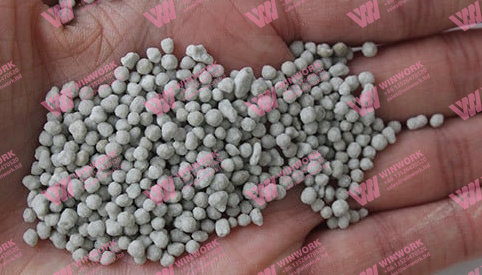
Nitro compound fertilizer is a chemically synthesized fertilizer where nitrogen, phosphorus, and potassium (NPK) are integrated into each individual granule, ensuring consistent nutrient delivery in the field. These fertilizers often use urea, ammonium nitrate, or ammonium sulfate as nitrogen sources, blended or reacted with phosphate and potash.
Advantages:
-
Balanced NPK ratio in each granule
-
Higher efficiency in nutrient uptake
-
Less segregation during transport and application
-
Reduced application frequency
Main Components of the Production Line
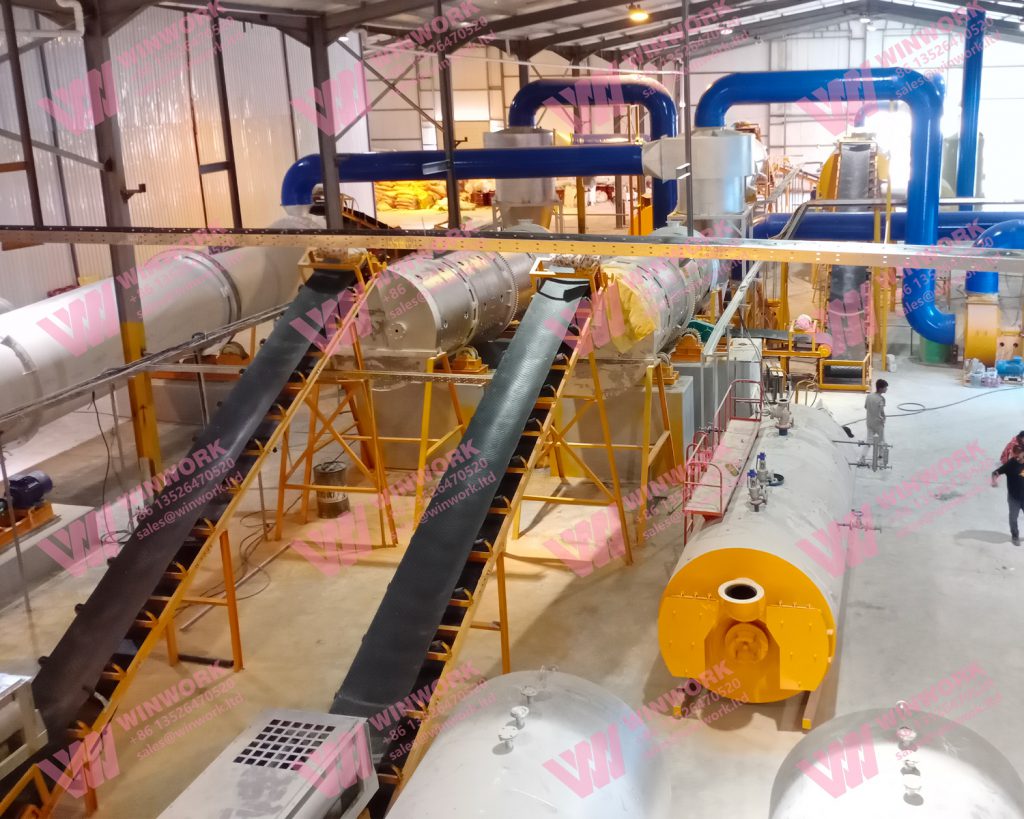
A complete nitro compound fertilizer production line typically includes the following core equipment:
| Equipment | Function |
|---|---|
| Batching System | Automatically weighs raw materials based on recipe |
| Crusher | Reduces particle size of raw materials |
| Mixer (Horizontal or Pan Type) | Ensures homogeneous mixing of all inputs |
| Granulator (Rotary Drum, Pan, or Double Roller) | Forms compound fertilizer granules |
| Dryer | Removes moisture from granules to increase shelf life |
| Cooler | Stabilizes temperature and prevents caking |
| Screening Machine | Separates granules by size and recycles oversized/undersized ones |
| Coating Machine | Prevents moisture absorption and caking during storage |
| Packaging Machine | Automates weighing, filling, sealing, and palletizing |
All equipment can be customized to handle capacities from 1–50 tons/hour, depending on production scale.
How the Production Line Works
Step 1: Raw Material Preparation
Materials such as urea, ammonium phosphate, potassium chloride, and fillers are fed into the batching system.
Step 2: Crushing and Mixing
Lump materials are crushed into fine powders. The mixer ensures a consistent blend to guarantee each granule contains the right NPK ratio.
Step 3: Granulation
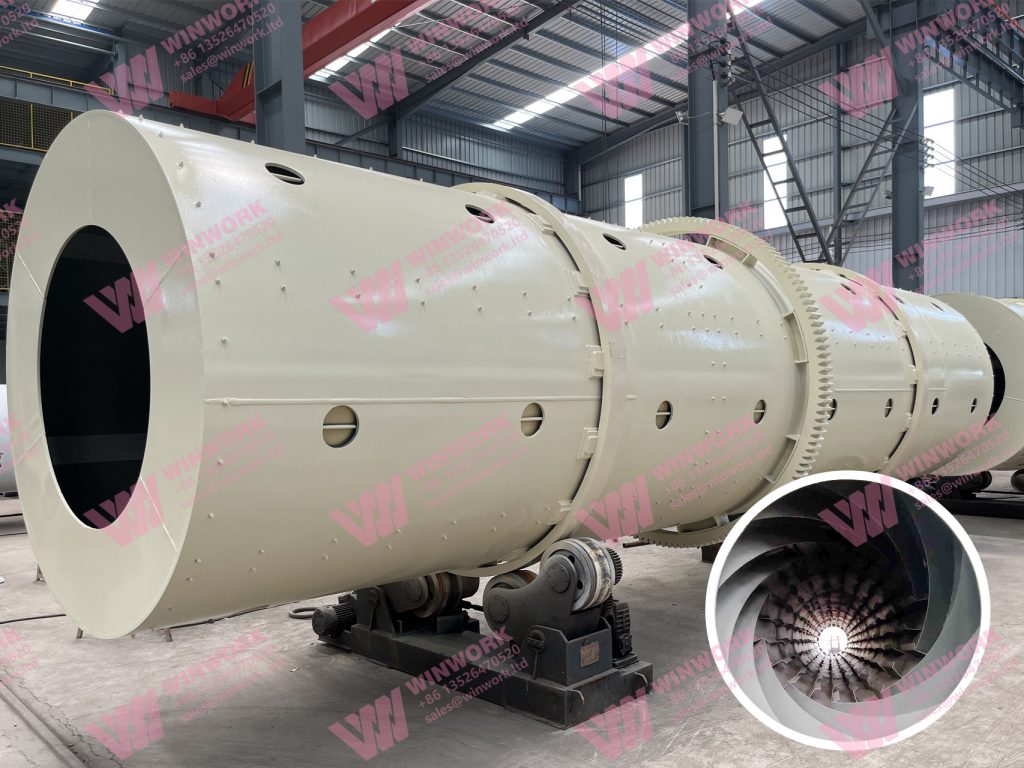
The granulation system transforms the powder into uniform, round granules using a rotary drum or pan granulator. A liquid binder may be sprayed to help shape and harden the particles.
Step 4: Drying and Cooling
Granules pass through a rotary dryer and cooler to reduce moisture content from 15% to below 3%, improving hardness and preventing spoilage.
Step 5: Screening and Coating
Granules that meet size standards move forward, while others are recycled. Coating improves flowability and reduces dust and clumping.
Step 6: Packaging and Storage
The final product is packed into 25kg or 50kg bags using automatic packaging machines and stored in a dry, ventilated warehouse.
Why Choose a Nitro Compound Fertilizer Production Line?
-
Uniform Nutrient Composition
Each granule delivers the same nutrient value, reducing over- or under-fertilization. -
Cost Efficiency
Less frequent application and fewer losses during handling mean better ROI for farmers. -
High Automation
PLC control systems minimize labor, reduce human error, and improve output consistency. -
Customizable Capacity
Suitable for both large factories and regional fertilizer blending stations. -
Sustainability
Reduced dust and odor emissions support environmental compliance standards.
Applications in Agriculture
Nitro compound fertilizers are widely used in:
-
Cereal production (wheat, maize, rice)
-
Cash crops (cotton, sugarcane, tobacco)
-
Vegetables and fruits
-
Oil crops (soybean, sunflower)
The production line allows customization of the NPK ratio depending on crop type and regional soil conditions.
Challenges and Solutions
| Challenge | LANE Solution |
|---|---|
| High moisture sensitivity | Advanced drying and coating system |
| Material caking during storage | Anti-caking agents and sealing technology |
| Environmental concerns | Dust collectors and energy-efficient burners |
| Variable granule strength | Adjustable speed and temperature in granulation |
Case Study: 20 TPH Nitro Compound Fertilizer Line in Egypt
A leading Egyptian agrochemical company partnered with LANE to install a 20-ton/hour production line tailored for their desert farming initiative. After the installation:
-
Granule uniformity improved by 35%
-
Plant nitrogen absorption rates increased by 28%
-
Packaging speed doubled with automation
-
Annual output reached 100,000 tons
This success has led to ongoing collaboration for an expansion into nitrate-enriched blends for export.
Future-Proofing with Smart Features
Modern nitro compound fertilizer lines include:
-
Real-time production monitoring
-
IoT-enabled control panels
-
Automated recipe switching
-
Energy monitoring systems
These upgrades reduce downtime, optimize raw material use, and support ISO, CE, and SGS compliance for international sales.
Conclusion
Investing in a nitro compound fertilizer production line is more than upgrading your manufacturing process—it’s a strategic move toward producing high-efficiency fertilizers that match the evolving demands of global agriculture. Whether you’re serving local farms or international clients, this system offers unmatched consistency, automation, and scalability.


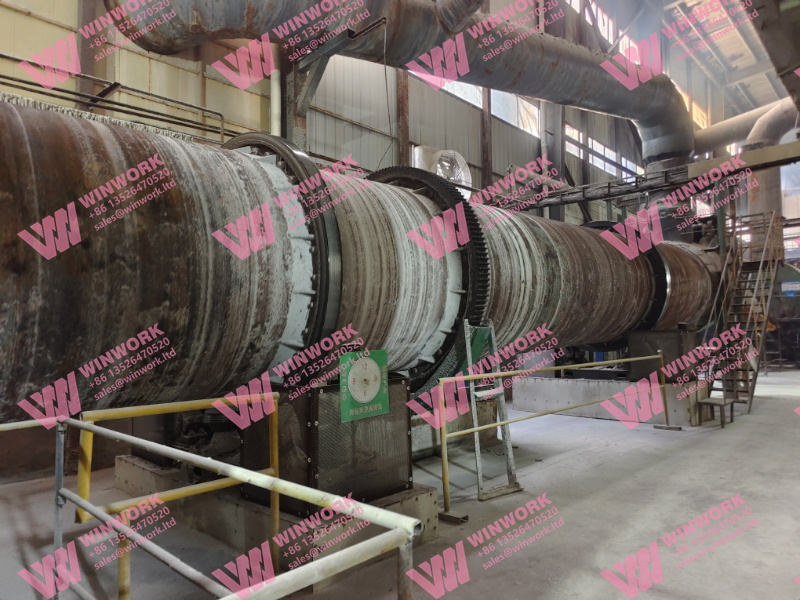
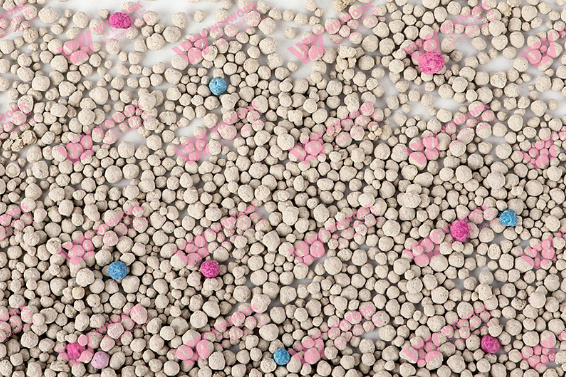
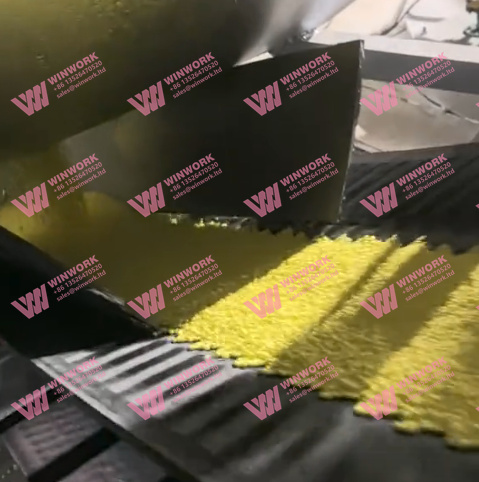
Get A Quote